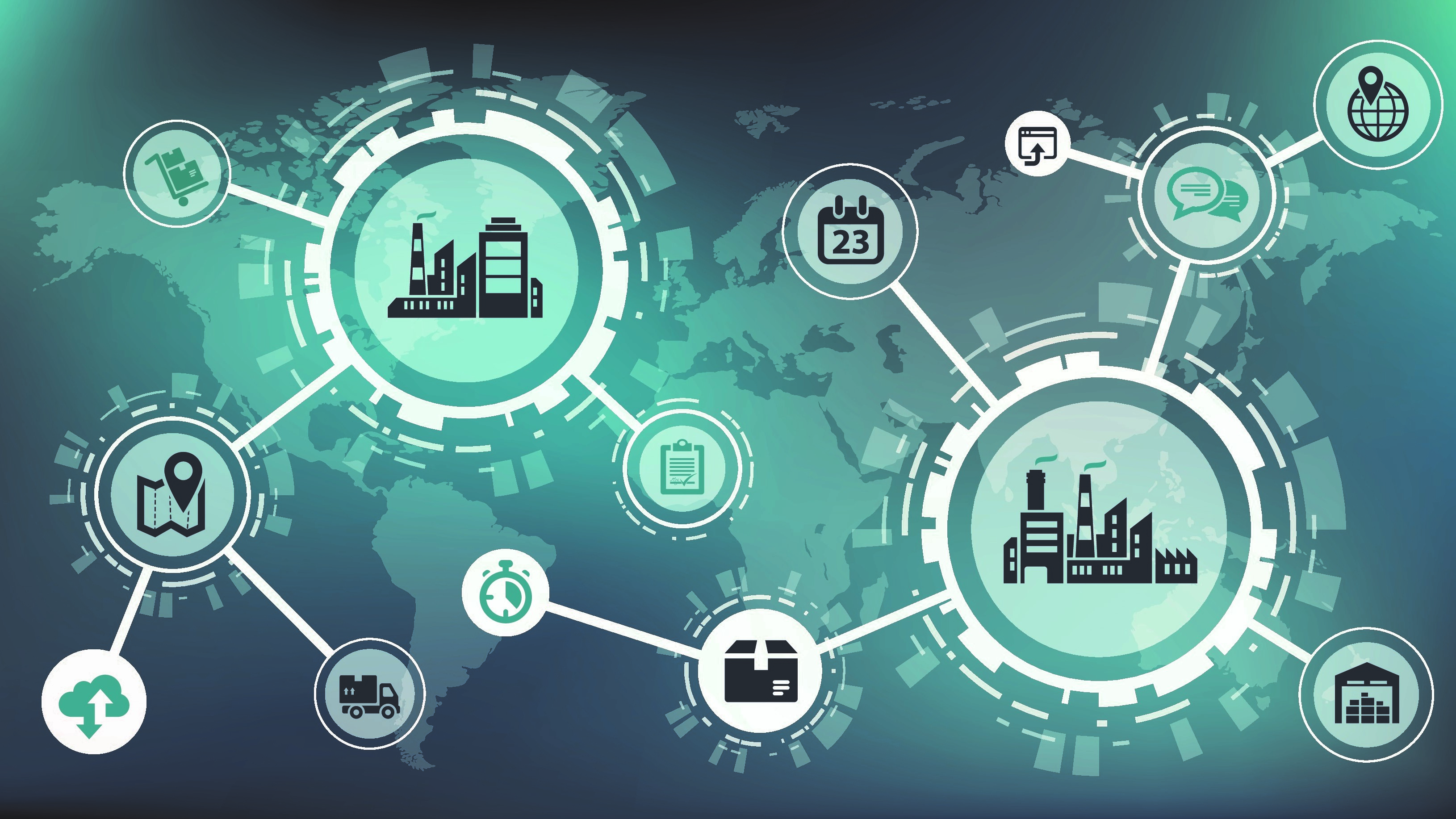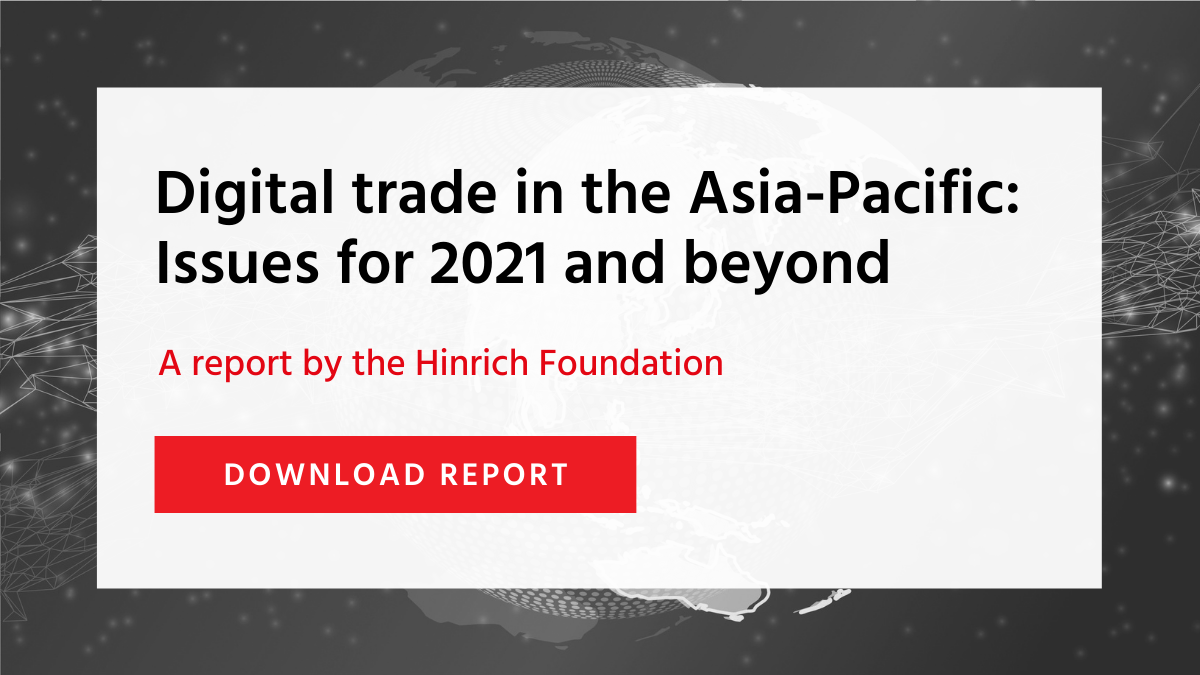Article originally published in the World Economic Forum.
COVID-19 is often linked to its impact on mobility and globalization. Stringent measures have been taken to contain the situation, which have constrained the movement of people and goods, nationally and internationally. The coronavirus pandemic has also accelerated previously existing geopolitical trends, especially regarding trade protectionism associated with, for example, medical equipment, pharmaceutical products and COVID-19 vaccine-related research. This, in turn, continues to feed a techno-nationalist zeitgeist as governments resort to export controls and sanctions in “strategic” sectors such as semiconductors and 5G networks and other so-called “dual use” technologies.
This environment has created an acute demand for new and innovative management tools and systems to support good corporate governance and risk management practices. Governments also need to apply new technologies and tools to better fight COVID-19 and facilitate trade.
The emerging solution to manage the challenges of both COVID-19 and techno-nationalism are coming from a burgeoning new field called TradeTech. The dynamics of the development in this field are captured in the new World Economic Forum report, ‘Mapping TradeTech: Trade in the Fourth Industrial Revolution’.
TradeTech allows for the better management of sites, partners and activities far away. Technologies like 3D-printing, robotics and the internet of things allow for a much more distributed way of manufacturing and operating. While holding the global economy together, they also distribute the grounds for innovation and growth. TradeTech at large is driving many new solutions, ranging from better measurement and reduction of carbon footprints, to enforcement of labour standards, to tools that help to realize the circular economy – a model that fosters the reuse of products and materials to replace the take-make-waste approach.
A recent Gartner survey finds that 70% of supply chain leaders are planning to invest in the circular economy in the next 18 months. “Already, 35% of companies believe that digital technology will be a key enabler for their circular economy strategies, but very few are leveraging existing technology for this purpose yet," says Sarah Watt, senior director analyst with the Gartner Supply Chain practice.
Sensors and satellite imagery combined with other technologies that provide additional data points can be used to trace carbon footprints, illicit discharge and water pollution, and enforce environmental standards for sustainably-caught seafood. Many of these same technologies can also be used to track controlled technologies, from an export controls perspective, throughout global value chains.
Conclusion
Techno-nationalism, accelerated by the COVID pandemic, has disrupted supply chains and global commerce. But the need to manage new risks brings additional pressure for innovation to the TradeTech field, which, in turn, has spawned new ecosystems of Fourth Industrial Revolution technologies and businesses. These solutions provide transparency and traceability in supply chains, which facilitate commerce; as well as offering small and medium-sized enterprises the possibility to better connect to the global marketplace.
Core elements of TradeTech are expanding into new areas, creating new ecosystems and spilling over into other sectors, and have become important drivers on the journey towards a more just and sustainable economy.
© The Hinrich Foundation. See our website Terms and conditions for our copyright and reprint policy. All statements of fact and the views, conclusions and recommendations expressed in this publication are the sole responsibility of the author(s).










